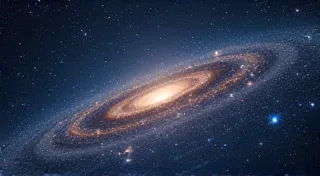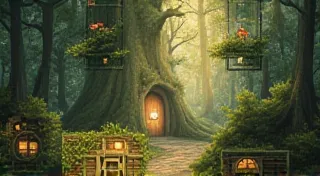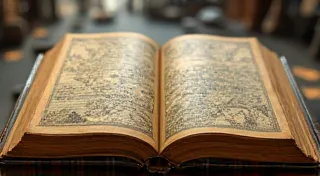Worldbuilding 101: Crafting Immersive Worlds for Your Stories
Beyond plot and characters, a believable world is what truly captivates readers. This tutorial provides a step-by-step approach to worldbuilding, covering aspects like geography, culture, history, and magic systems. Learn techniques to create rich, detailed settings that bring your stories to life.
What is Worldbuilding?
Worldbuilding isn't just about drawing a map; it's about constructing a complete ecosystem – physical, cultural, and societal – that your story exists within. It's the foundation upon which your narrative is built. A well-built world elevates your story from a simple plot to an unforgettable experience. Even if your story is contemporary, a considered understanding of the world around your characters will enhance realism and engagement. Think about how societal structures influence communication and conflict; exploring these nuances can uncover deeper layers in your narrative, much like we delve into when considering “Echoes in the Obsidian: Listening for Subtext in Dialogue.”
Step 1: Geography - The Lay of the Land
Start with the basics. Consider your world’s climate, terrain, and resources. A world with abundant water will develop differently than a desert world. Think about natural boundaries – mountains, rivers, oceans – and how these shape settlements and trade routes. Is it a planet, a parallel dimension, or something else entirely? This decision will inform many other aspects of your world. Consider how geographical features shape the development of language and communication patterns within your world - it’s a fascinating reflection of how environments influence culture.
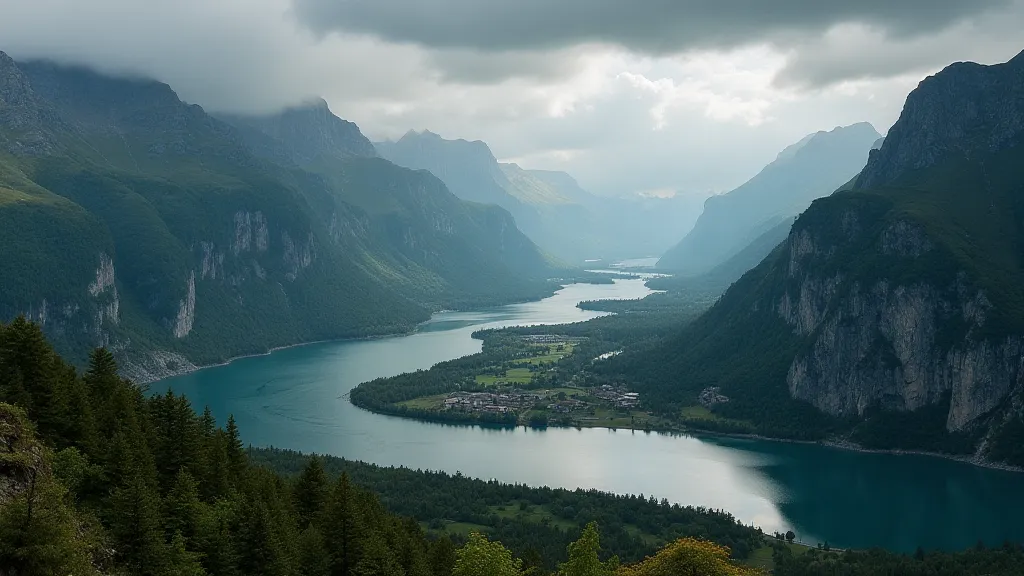
Step 2: Culture - The People and Their Ways
Who lives in your world? What are their values, beliefs, and customs? Culture encompasses everything from language and art to social structure and religion. Consider how the environment influences their culture. A nomadic people will likely have different customs than a society based around agriculture. Don’t be afraid to draw inspiration from real-world cultures, but always strive to make them your own. Think about social hierarchy - is there a ruling class, and what is their role? What are considered taboos? The subtle interplay of tradition and innovation within a culture can be incredibly complex, creating layers of meaning that require careful consideration. Finding the underlying patterns within a culture’s development can be akin to discovering "The Scribe's Constellation: Finding Patterns in the Cosmic Chaos of Ideas," connecting seemingly disparate elements to reveal a greater whole.
Step 3: History - The Story of Your World
Every world has a past. Even a brief history can add depth and realism to your setting. Think about significant events – wars, migrations, discoveries – and how they’re remembered and influence the present. What are the founding myths? What are the defining moments that shaped the culture? A long history can inform the current political climate, create prejudices, and add layers of complexity to your characters. Think about how historical events reverberate through generations, shaping beliefs, values, and even artistic expression. Consider the echoes of past conflicts and how they impact present-day relationships. It’s vital to consider not only the major turning points but also the quieter, less obvious currents that have shaped the course of events.
Step 4: Magic Systems (If Applicable)
If your story involves magic, a well-defined magic system is essential. Avoid “magical solutions” that resolve conflicts easily. Establish rules, limitations, and consequences for using magic. A hard magic system has clearly defined rules and limitations, while a soft magic system is more mysterious and intuitive. Regardless of the type, consistency is key. How does magic affect the environment, the economy, and the social structure? The intricate rules and limitations of a magic system can mirror the subtle nuances of societal structures, influencing power dynamics and individual choices. Remember that even seemingly benevolent magic can have unforeseen consequences, and exploring these complexities can add depth and realism to your story.
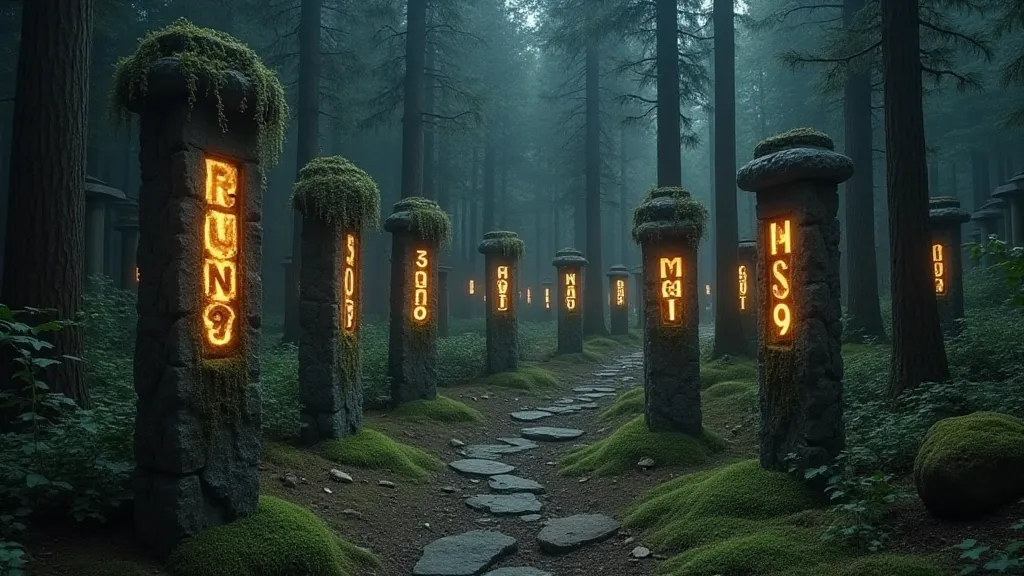
Step 5: Technology and Economy
Even in a fantasy world, consider the level of technology and the economic system. Is it agrarian, industrial, or something else entirely? How do people earn a living? What are the major trade goods? Technology shapes society, and vice versa. A world with advanced technology will have different social and political structures than a world reliant on manual labor. The relationship between technology and culture is a constant dance of innovation and adaptation. Consider how technological advancements influence not only the material conditions of life but also the social fabric and the very way people perceive the world. Think about the impact of automation on labor, the rise of digital communication on social interaction, and the ethical dilemmas posed by emerging technologies.
Step 6: Details – The Little Things
It’s the small details that truly bring a world to life. What do people eat? What kind of clothes do they wear? What are their names like? What are their superstitions? These details add a sense of authenticity and immersion. Don’t overload the reader with information at once; reveal details organically throughout the story. Think about the mundane aspects of daily life – the rituals, the routines, the small comforts that define a culture. Consider the sounds of the city, the smells of the marketplace, the feel of the wind on your skin. These sensory details can transport the reader to another world and make it feel real.
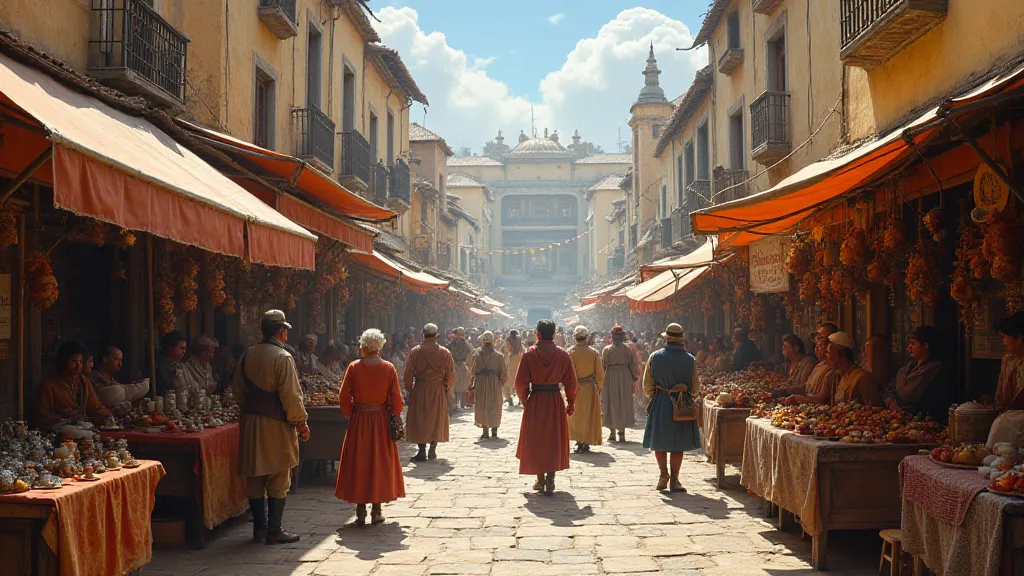
Expanding on Themes and Resonance
Beyond the practicalities of geography, culture, and technology, worldbuilding provides a fertile ground for exploring deeper themes and emotional resonance. Consider how your world reflects or comments on our own. Perhaps your world’s history serves as an allegory for political conflicts, or its societal structure highlights the complexities of human relationships. The repetition of motifs and symbols throughout your narrative can create a powerful sense of unity and meaning, much like we explore in "Echo Bloom: Resonating Themes Across Stories," tying disparate elements together and creating a cohesive whole.
The Interplay of Elements: A Holistic Approach
It’s crucial to remember that these elements – geography, culture, history, magic, technology, and details – are not isolated. They are interconnected and influence one another in complex ways. A world’s geography shapes its culture, its culture shapes its history, its history shapes its magic system, and so on. A holistic approach to worldbuilding involves considering all of these elements and their relationships. For example, a harsh desert climate might lead to a culture that values resourcefulness and cooperation, which in turn might lead to a unique form of magic that allows people to draw water from the earth.
Avoiding Pitfalls: Consistency and Believability
While creativity is essential, it’s equally important to maintain consistency and believability. Don’t introduce elements that contradict established rules or disrupt the internal logic of your world. If you establish that magic is rare and dangerous, don’t suddenly allow your hero to wield it with ease. And don’t be afraid to ask yourself tough questions: Why does this custom exist? What are the consequences of this technology? If you can’t answer these questions, you may need to rethink your worldbuilding decisions.
Final Thoughts
Worldbuilding is an ongoing process. It's not something you complete once and forget about. As you write, you’re likely to discover new aspects of your world that you hadn’t considered before. Be open to these discoveries, and let them shape your story. The more effort you invest in your worldbuilding, the richer and more immersive your stories will be. Embrace the challenge, explore the possibilities, and create worlds that will transport your readers to places they’ve never been before. Don't be afraid to iterate, experiment, and even abandon ideas that don't quite fit. The process of creation is often unpredictable, and the most rewarding discoveries often come from unexpected places.
